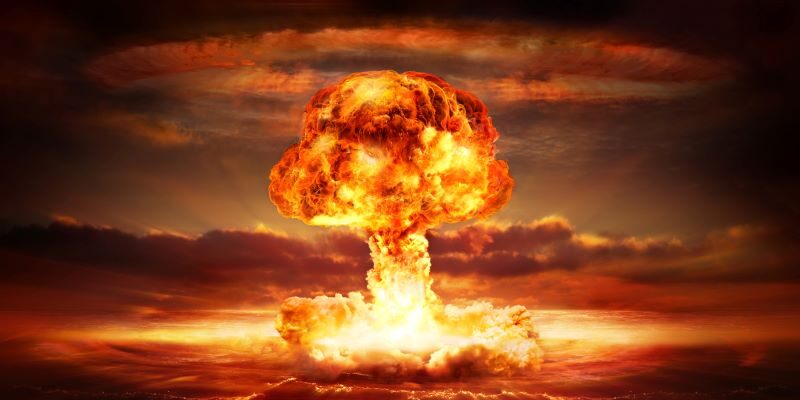| By Gale Staff |
Among the many virtues of studying history, one of the most important is the remembrance of significant events so that the people involved are not forgotten and that the lessons learned are not lost. As our world gets further and further away from World War II, recalling the bombings of Hiroshima and Nagasaki becomes even more vital. The 80th anniversary of the Hiroshima bombing this month, on August 6, is a particularly good opportunity for librarians and teachers to educate students about atomic weapons and the impact they have had on our world. Gale In Context: World History has numerous resources to make that easier.
I don’t remember when I first learned about the decision to deploy nuclear weapons, but I vividly recall reading the book that has been a primer for many on the subject: John Hersey’s Hiroshima. I used to hang out in the public library after school, and even as a middle schooler, I enjoyed reading anthologies of comic strips. One day, though, I picked up this thin book with a mushroom cloud on its faded brown cover and started reading it. And before I left the library, I checked out the book and finished it that night.
Hiroshima was originally published as a 30,000-word article in The New Yorker only a year after the bombing. Hersey had made his way to Hiroshima not long after the war, and he interviewed survivors and then told their stories. Those had a dramatic impact on the way I looked at the world, especially in the heat of the Cold War, and I still think about them many decades later. The way the book described the horrors of a nuclear attack while building empathy for its survivors is remarkable.
Other perspectives on the development of nuclear weapons and their deployment have made their way onto library shelves and to both television and movie screens. The Oscar-winning and unexpected blockbuster movie Oppenheimer is a more recent exploration of the Manhattan Project, the effort authorized by President Franklin D. Roosevelt to harness nuclear power for destructive purposes. Although the horrors of atomic bombs should not be ignored, the science behind them and the ways different people and communities worked together on the Manhattan Project are useful starting points.
Another useful topic to explore is why the bombs were dropped on Hiroshima and Nagasaki in the first place. The explanation many students were given in the twentieth century—that it was necessary to avoid a brutal land invasion of Japan—is almost certainly too simple. Teachers can bring up the larger context of how the United States was preparing for possible conflict with its erstwhile ally the Soviet Union, the uncertainty over what short- and medium-term effects an atomic bomb would have, the “fog of war” when neither the United States nor Japan knew what the other had planned, and how wartime passions shape people’s opinions. A debate on whether the use of atomic bombs was justified has many implications for today.
About the Author
J. Robert Parks is a former professor and frequent contributor to Gale InContext: U.S. History and Gale In Context: World History who enjoys thinking about how our understanding of history affects and reflects contemporary culture.


